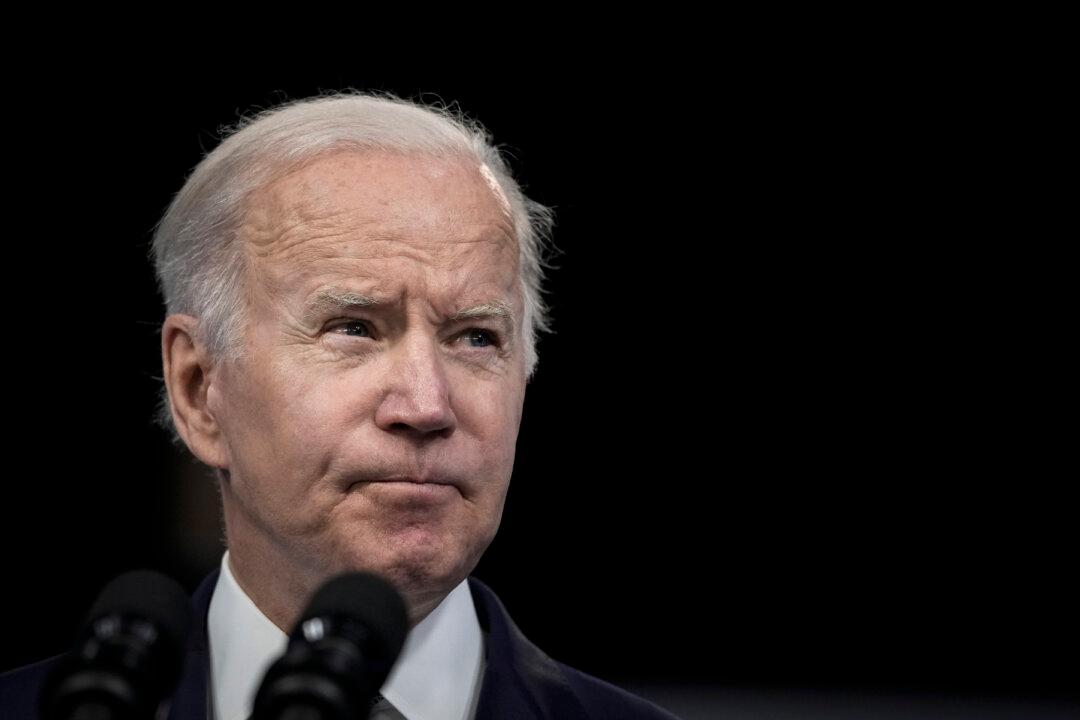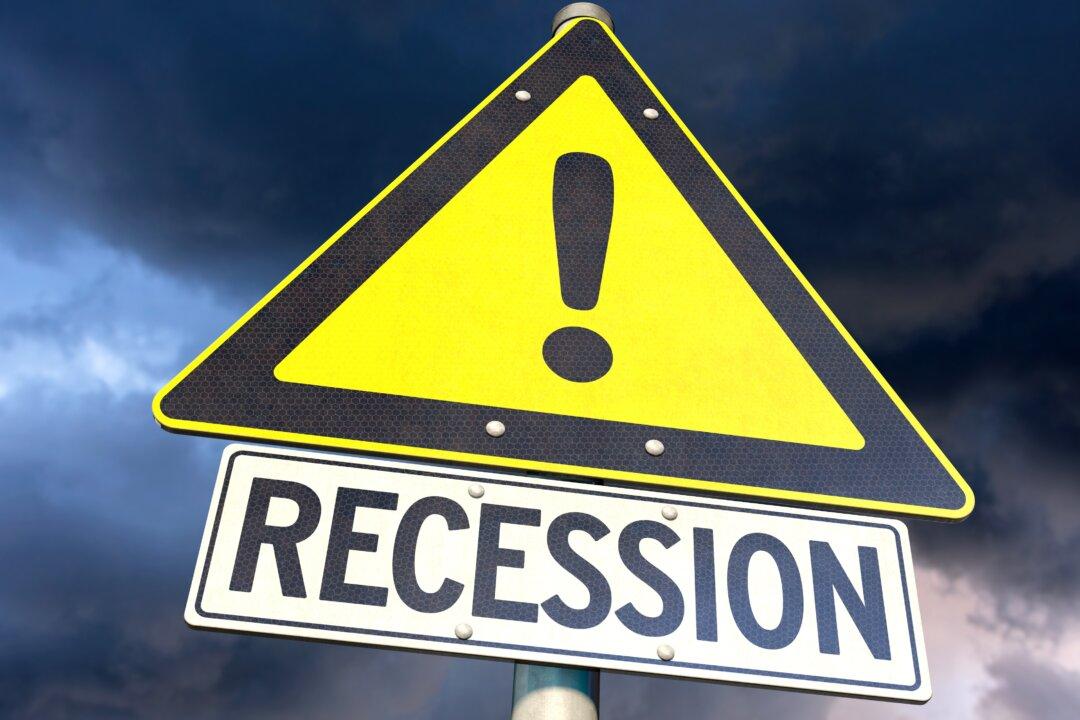Commentary
The Institute of Supply Management (ISM) reported that its purchasing managers’ index (PMI) for the U.S. manufacturing sector rebounded slightly in May 2022 from April, rising to 56.1 from 55.4. These are still relatively low numbers, particularly for an economy that is supposed to be robustly booming, comparable to the global downturn in 2019.





